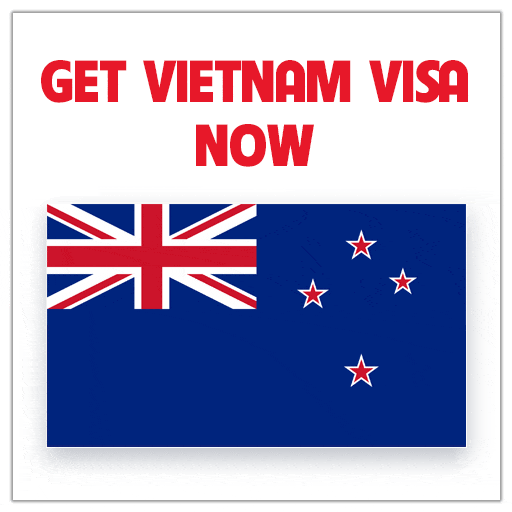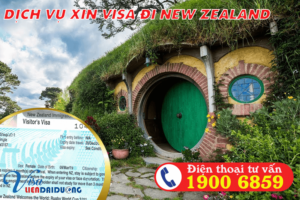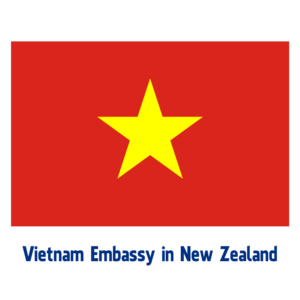
Vietnam is a beautiful country with a rich history and culture. It’s no wonder that it’s a popular tourist destination. However, before you can visit Vietnam, you’ll need to get a visa. There are two main types of visas available for tourists: the eVisa and the visa on arrival. In this article, we’ll compare these two options to help you decide which type of visa is best for your trip to Vietnam.
Vietnam eVisa
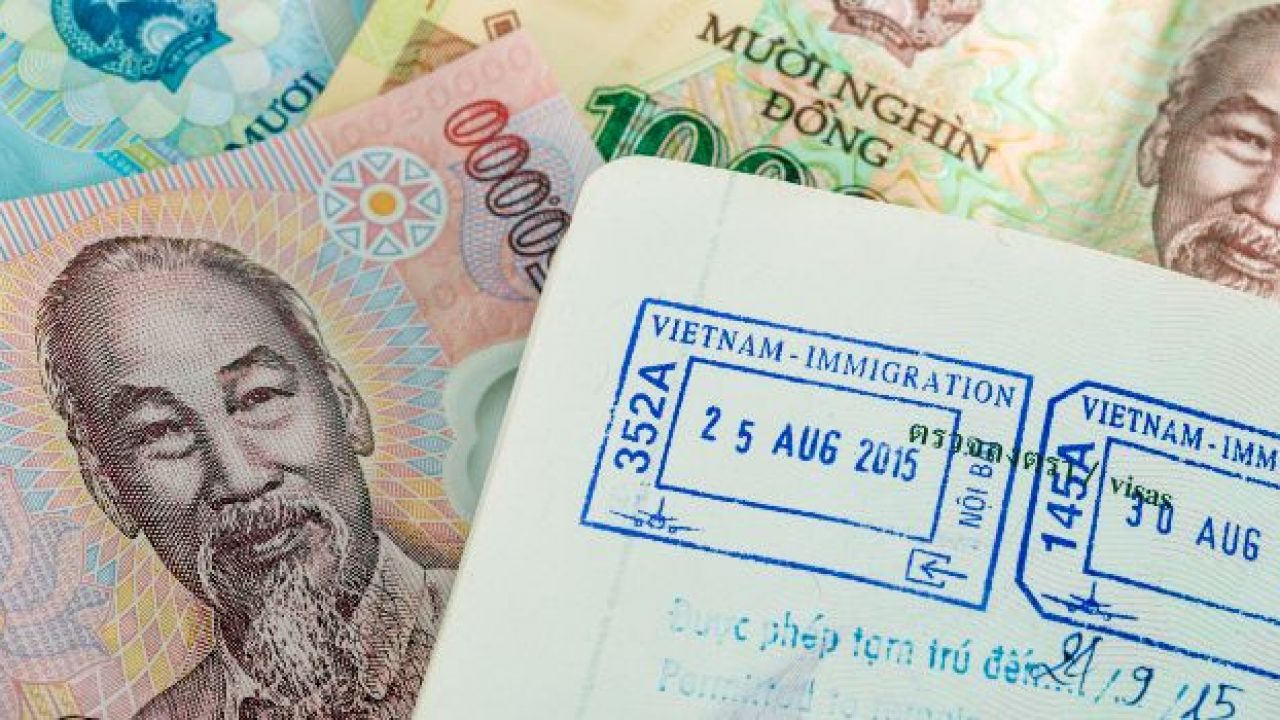
The eVisa is an electronic visa that can be applied for and processed completely online. Here are some key things to know about the Vietnam eVisa:
- Convenient and easy – everything can be done online without having to visit an embassy or consulate.
- Fast processing – approval letter is issued within 3 working days.
- Valid for entry at international airports in Vietnam.
- Single entry visa valid for 30 days costs $25. Multiple entry visa valid for 3 months costs $50.
- Need to provide passport, photo, travel details, and pay fee with credit card.
Getting an eVisa is recommended for its simplicity and speed. The only downside is that it’s a bit more expensive than the visa on arrival.
Vietnam Visa on Arrival
A Vietnam visa on arrival (VOA) is a convenient way to obtain a visa to Vietnam without having to apply in advance at a Vietnamese embassy or consulate. VOAs are issued at all major international airports in Vietnam, including Tan Son Nhat International Airport (SGN) in Ho Chi Minh City and Noi Bai International Airport (HAN) in Hanoi…
To obtain a VOA, you must first apply for and receive a visa approval letter from a licensed visa agency. You can apply for a visa approval letter online or over the phone. Once you have received your visa approval letter, you can print it out and bring it with you to Vietnam.
When you arrive in Vietnam, you will need to present your visa approval letter, passport, and two passport-sized photos to the immigration officer. The immigration officer will then issue you your visa.
Vietnam Visa on Arrival vs Vietnam eVisa
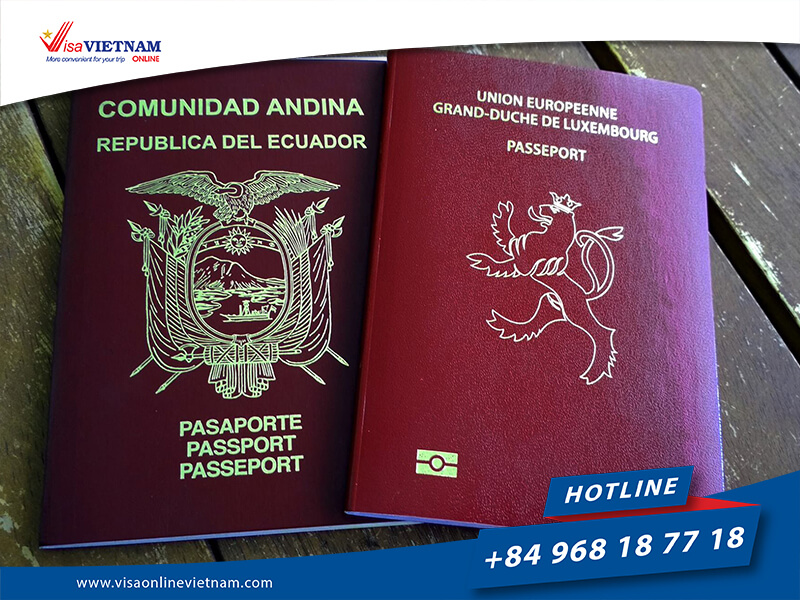
Vietnam Visa on Arrival (VOA) and Vietnam eVisa are two ways to obtain a visa to enter Vietnam. Both methods are convenient and straightforward, but there are some key differences between the two.
Vietnam Visa on Arrival
- Eligibility: All nationalities are eligible for a VOA, except for citizens of countries that have no diplomatic relations with Vietnam.
- Entry ports: VOAs can be obtained at 33 ports of entry in Vietnam, including airports, seaports, and land borders.
- Validity: VOAs are available for single or multiple entry, and can be valid for 1 month, 3 months, or 1 year.
- Processing time: VOAs are typically processed within 1-2 hours of arrival, but there may be longer delays during peak tourist season.
- Cost: The cost of a VOA varies depending on your nationality and the type of visa you apply for. However, it is generally more expensive than an eVisa.
Vietnam eVisa
- Eligibility: Citizens of 81 countries are eligible for an eVisa. A list of eligible countries can be found on the Vietnam Immigration Department’s website.
- Entry ports: eVisas are only valid for entry at 8 international airports in Vietnam: Noi Bai International Airport (HAN), Tan Son Nhat International Airport (SGN), Da Nang International Airport (DAD), Cam Ranh International Airport (CXR), Phu Quoc International Airport (PQC), Can Tho International Airport (VCA), Vinh International Airport (VII), and Lien Khuong International Airport (DLI).
- Validity: eVisas are available for single entry, and are valid for 30 days from the date of entry.
- Processing time: eVisas are typically processed within 3-5 business days.
- Cost: eVisas are generally less expensive than VOAs.
Which option is right for you?
If you are eligible for an eVisa and you are planning to enter Vietnam at one of the designated international airports, then an eVisa is the most convenient and cost-effective option. However, if you are not eligible for an eVisa, or if you need to enter Vietnam through a different port of entry, then you will need to apply for a VOA.
Here is a table that summarizes the key differences between Vietnam Visa on Arrival and Vietnam eVisa:
| Characteristic | Vietnam Visa on Arrival | Vietnam eVisa |
|---|---|---|
| Eligibility | All nationalities except those with no diplomatic relations with Vietnam | Citizens of 81 countries |
| Entry ports | 33 ports of entry, including airports, seaports, and land borders | 8 international airports only |
| Validity | Single or multiple entry, valid for 1 month, 3 months, or 1 year | Single entry, valid for 30 days from the date of entry |
| Processing time | 1-2 hours upon arrival | 3-5 business days |
| Cost | More expensive than an eVisa | Generally less expensive than a VOA |
Vietnam eVisa Requirements
Applying for an eVisa for Vietnam is easy but you need to meet these requirements:
- Valid passport (6+ months validity remaining, 2+ blank pages).
- Recent passport-style photo (3.5 x 4.5 cm).
- Payment by credit/debit card.
- Applying for tourist purposes only.
As long as you fulfill those requirements, the online eVisa process is straightforward.
How to Apply for Vietnam eVisa
To apply for a Vietnam eVisa, you need to follow these steps:
- Visit the official Vietnam eVisa website
- Click on the “Apply for e-Visa” button.
- Fill out the application form with your personal information, passport information, and travel plans.
- Upload a digital copy of your passport photo.
- Pay the visa fee with a credit or debit card.
- Once your application is approved, you will receive an email with your eVisa attached.
- Print out your eVisa and bring it with you when you travel to Vietnam.
Here are some additional tips for applying for a Vietnam eVisa:
- Make sure that your passport is valid for at least six months after your arrival date in Vietnam.
- Your passport photo must be a recent, digital color photo with a white background.
- The visa fee is $25 USD for a single-entry visa and $50 USD for a multiple-entry visa.
- You can pay the visa fee with a Visa, MasterCard, or American Express card.
- It is important to note that the Vietnam eVisa is only valid for entry into Vietnam through certain ports of entry. These ports of entry include: Noi Bai International Airport (HAN), Tan Son Nhat International Airport (SGN), Da Nang International Airport (DAD), Cam Ranh International Airport (CXR), and Phu Quoc International Airport (PQC).
- If you are planning to enter or exit Vietnam through a different port of entry, you will need to apply for a traditional visa at a Vietnamese embassy or consulate.
The processing time for a Vietnam eVisa is typically 3-5 business days. However, it is important to note that the processing time may be longer during peak travel season. Therefore, it is recommended that you apply for your Vietnam eVisa at least two weeks in advance of your travel date.
Once your Vietnam eVisa has been approved, you will receive an email with your eVisa attached. You must print out your eVisa and bring it with you when you travel to Vietnam. Your eVisa will be stamped.
Vietnam Visa Run eVisa
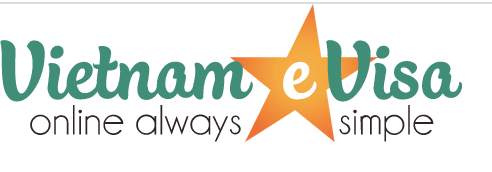
A “visa run” is making a quick trip out of Vietnam to renew your expired visa. If you want to do a visa run, you’ll need to get an eVisa, as the visa on arrival is not available after overstaying.
- Need to provide the same documents and details as regular eVisa.
- Must indicate on the application it’s for a visa run.
- Fee is the same for a regular eVisa.
- Can extend stay without leaving Vietnam.
The eVisa makes visa runs easy to facilitate longer stays. Just don’t overstay the eVisa itself or you’ll have to exit and re-enter again!
By following these steps, you can easily apply for a Vietnam eVisa and enjoy your trip to this beautiful Southeast Asian country hassle-free.

